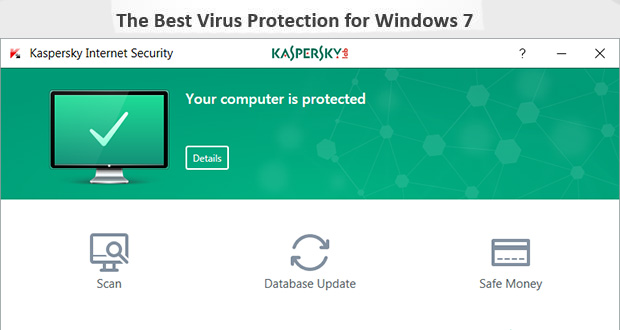

- #Nefarence iantivirus install
- #Nefarence iantivirus full
- #Nefarence iantivirus software
- #Nefarence iantivirus password
That is why many human viruses do not last long after leaving the human body. A virus needs a host to infect and survive in addition, a virus often self replicates. Think of a computer virus as a biological virus. However, the idea of a computer virus was hatched long before that, with academic work on the subject written in 1949. The first computer virus (which was an experimental program) appeared on ARPANET in the early 1970s ARPANET was the forerunner of the modern internet. Էդմոնդ Խաչատրյան, CC BY-SA 4.0, via Wikimedia CommonsĬomputer viruses have been around long before computers became popular. Interesting Post: Difference Between Antivirus & Firewall What Is A Virus?
#Nefarence iantivirus software
Malicious software doesn’t just refer to viruses in the technical sense of the term – it can refer to spyware, adware, and other annoying programs, too. However, technically, a virus is a specific type of malware, while malware is a broader term that encompasses all types of malicious programs, not just viruses. These days, when people talk about computer viruses, they are usually referring to all types of malware, even those that are not technically viruses. Viruses and malware are two terms that are often used interchangeably. When done, we look at the uninstallation process and get ready for the next antivirus program.įor more details on how we rate and review other products, check out the Tom's Guide How We Test page.Wrapping It Up: What Is The Difference Between Antivirus And Anti-Malware? Viruses vs Malware We connect to the VPN five times and average how long it took to get online as well as the upload and download speeds. If the program has a Virtual Private Network (VPN), we look at what countries it’s available in and any limitations, like a maximum amount of VPN data per day.
#Nefarence iantivirus password
If available, we dig deeply to use the program’s detailed settings options.Īfter trying out included tools and utilities like a firewall, password manager, parental controls, file encryption and shredding, we try to start a scan from the Windows Explorer and schedule scans if the program allows it.
#Nefarence iantivirus full
On to the interface design, where we look at the program’s ability to run the app full screen, show notifications and roll-back ransomware changes. We also try out the app’s major features, including its traditional scanner, behavioral monitoring and cloud analysis. By looking at each program’s success rates and false positives, we get an idea of how protective and reliable each is. With the quantitative testing out of the way, we look at how effective the software is at finding and eradicating infections with results from the most recent surveys by AV-Test, AV Comparatives and SE Labs. Effectiveness in detecting and removing viruses This can entail three or more runs because after a couple scans, many of the programs learn what to examine and what to ignore, shortening the scan time considerably.

Separately, we time how long it takes to complete full and quick scans. We repeat this for a quick scan if the app offers it. While the app is running a full scan for malware, we repeat the benchmark to see how much of the system’s resources are used by the program during this vital operation. The longer the benchmark time the lower its performance potential and we use percentage changes to compare programs. Before any scanning takes place, we run the benchmark test routine again to provide a measure of the passive decline in performance that the program imposes on the computer.

#Nefarence iantivirus install
Next, we time how long it takes to get and install the antivirus program. We run the test five times and average the results to get a baseline performance level on our Lenovo ThinkPad T470 test system (Windows 10 as well as a 2.5GHz Core i5-7200U processor, 8GB of RAM and 256GB of solid-state storage). On Windows systems, we first run our proprietary Excel-based benchmark that sorts through a database of 20,000 names and addresses. A good antivirus program should be able to run without slowing your computer down.


 0 kommentar(er)
0 kommentar(er)
